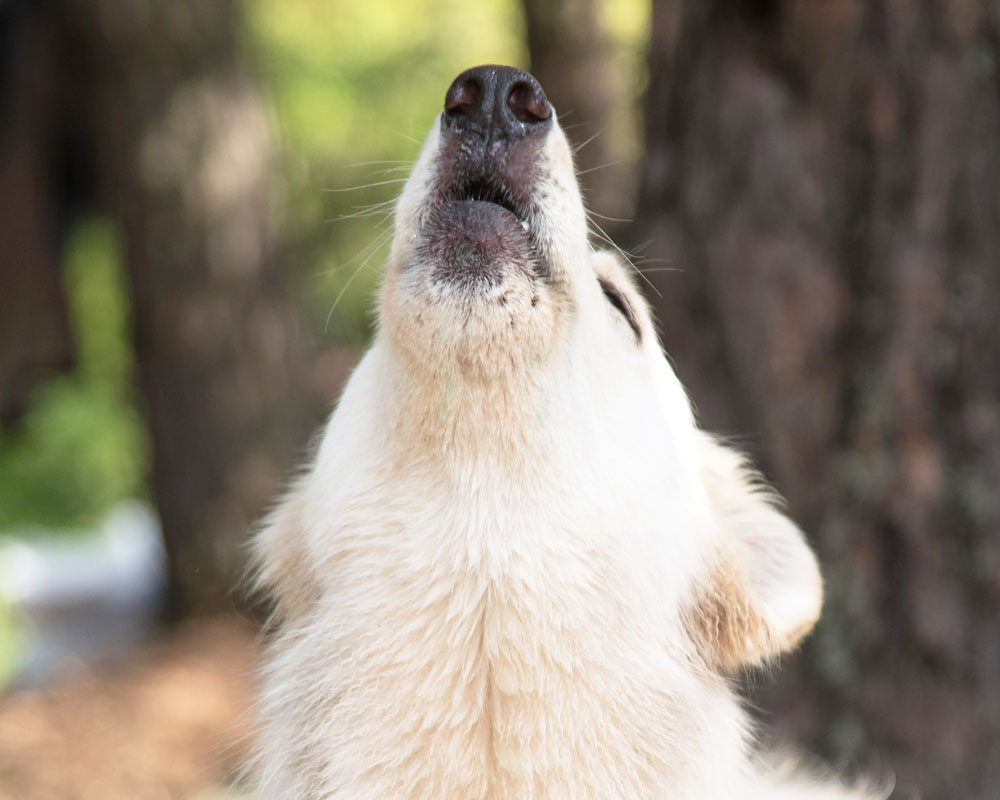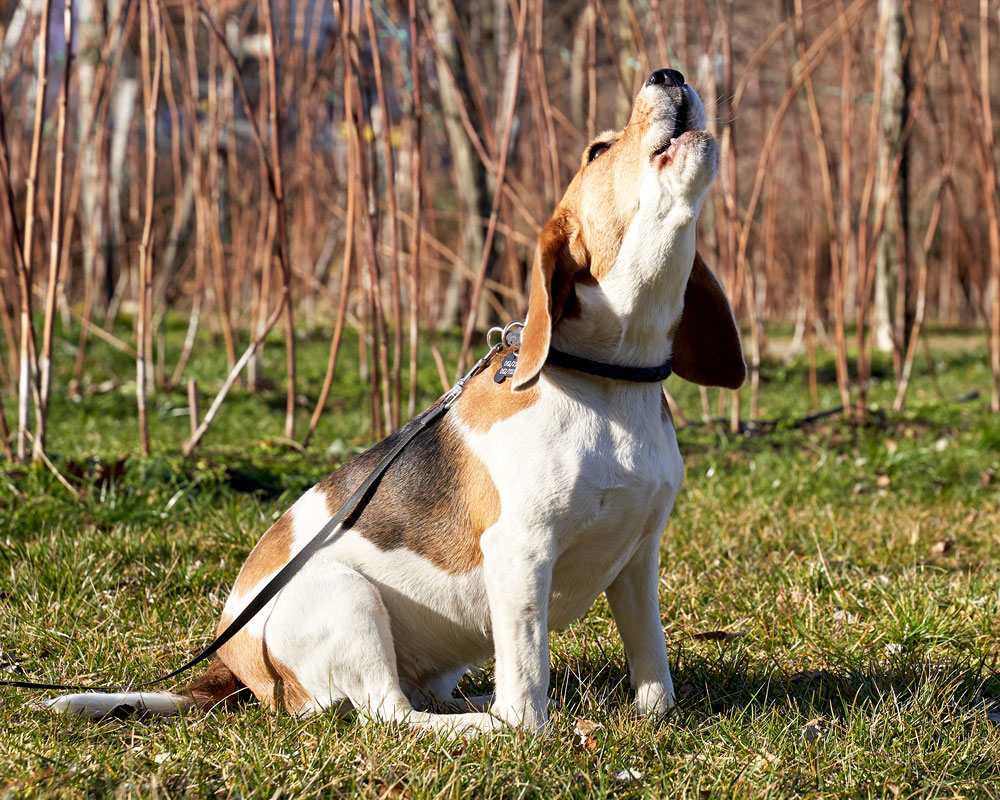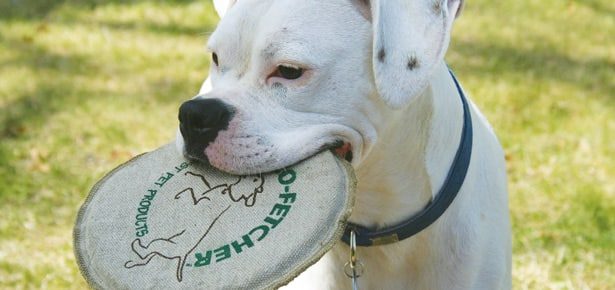

What Do These 6 Dog Noises Mean?
It can be super frustrating for both parties when your dog is clearly trying to tell you something, but you just don’t know what it is! Body language can be a large indicator of what your dog is trying to say, but so can the variety of sounds they make. Here are the explanations behind some common dog noises that will help you better understand your best friend.
Image: bigstock.com/Mihailo K
Barking:
Barking is one of the most common noises dogs make, but it can also be one of the most difficult to decipher. There are many different reasons why a dog may bark: out of excitement, fear, frustration, or for attention. What a bark means really depends on the context of the situation. If your dog runs up to you barking and wagging his tail, this likely means he’s happy and wants you to cuddle or play with him. If you walk past a fenced yard and a dog is pacing along the fence line while barking, he’s likely telling you to stay away. This is his yard and he’s trying to scare you off.
Whining & whimpering:
Like barking, whining has many meanings, so context is important in understanding what your pup is trying to say. Dogs use whining as a way to get something they want: attention, food, a bathroom break, etc. If they don’t seem in distress and continue to pester you, this is likely the case. Whining can also indicate anxiety. If you leave the house and immediately hear whining when you close the door, or if your dog is whining and shaking while waiting their turn in the vet office, this is a sign of anxiety. Finally, dogs will sometimes whine if they're in pain. If the whining is accompanied by a loss of appetite or panting, take him to the vet.
Image: bigstock.com/Lusya
Howling:
Howling has several functions in domestic dogs. Dogs may howl is they are lonely and missing their owner. It’s their attempt to call their owner back to them. The other reason dogs may howl is in response to an auditory trigger such as police sirens. Howling can also bring about a sense of belonging. If you start “howling” you’ll often find that your dog will join in. If your dog is at daycare or in the dog park with his friends, all the dogs might start howling together to create this sense of belonging.
Image: shutterstock.com/Maria Tatic
Baying:
Baying is typically heard in dogs who assist with hunts (these are most commonly hounds). It usually means the dog is in pursuit of his prey. The more intense the bay, the closer the dog is to his prey. Certain breeds have been specifically bred to bay, as the sound carries a long way and is an easy way for other dogs on the hunt, as well as the hunters themselves, to know which direction the prey is in. For those who have hounds, but don’t use them to hunt, baying may still indicate the dog has picked up on the scent of a small animal nearby.
Image: bigstock.com/MVolodymyr
Growling:
This may seem like an obvious one, but is an important communication tool for dogs. If expressed during play, growling usually just means your dog is really getting into the experience. Owners often think growling during play indicates aggression, but it is actually totally normal and not cause for concern. However, if two dogs are playing and the growling gets deeper and the hairs on their spines stand up, it may be time to step in to avoid a dog fight. In this case, the growling is a warning to the other dog that the play has gotten out of hand and it’s time to back down. This is the same message expressed if you approach a dog who starts growling. He is letting you know that he does not want to be touched and to leave him alone. If his teeth are bared while growling, this means he intends to bite if you get too close.
Image: shutterstock.com/Soloviova Liudmyla
Sighing and Groaning:
Sighing in dogs has similar meanings as when humans sigh. It can mean the dog is content where he is, or tired after a long day and happy to lie down. However, it can also indicate frustration or disappointment. If your dog has been bothering you about playing or going for a walk, but then lays down with a sigh and a small groan, he may be telling you he’s disappointed he didn’t get his way.
Keep in mind that these are not the end-all-be-all explanations of these sounds. Learning what your dog is trying to tell you takes time and patience. If you are having trouble and need more guidance, consult your vet or a dog behaviouralist who can help you better understand your dog’s noises and any behavior associated with them.
Join the newsletter and never miss out on dog content again!
"*" indicates required fields
By clicking the arrow, you agree to our web Terms of Use and Privacy & Cookie Policy. Easy unsubscribe links are provided in every email.










